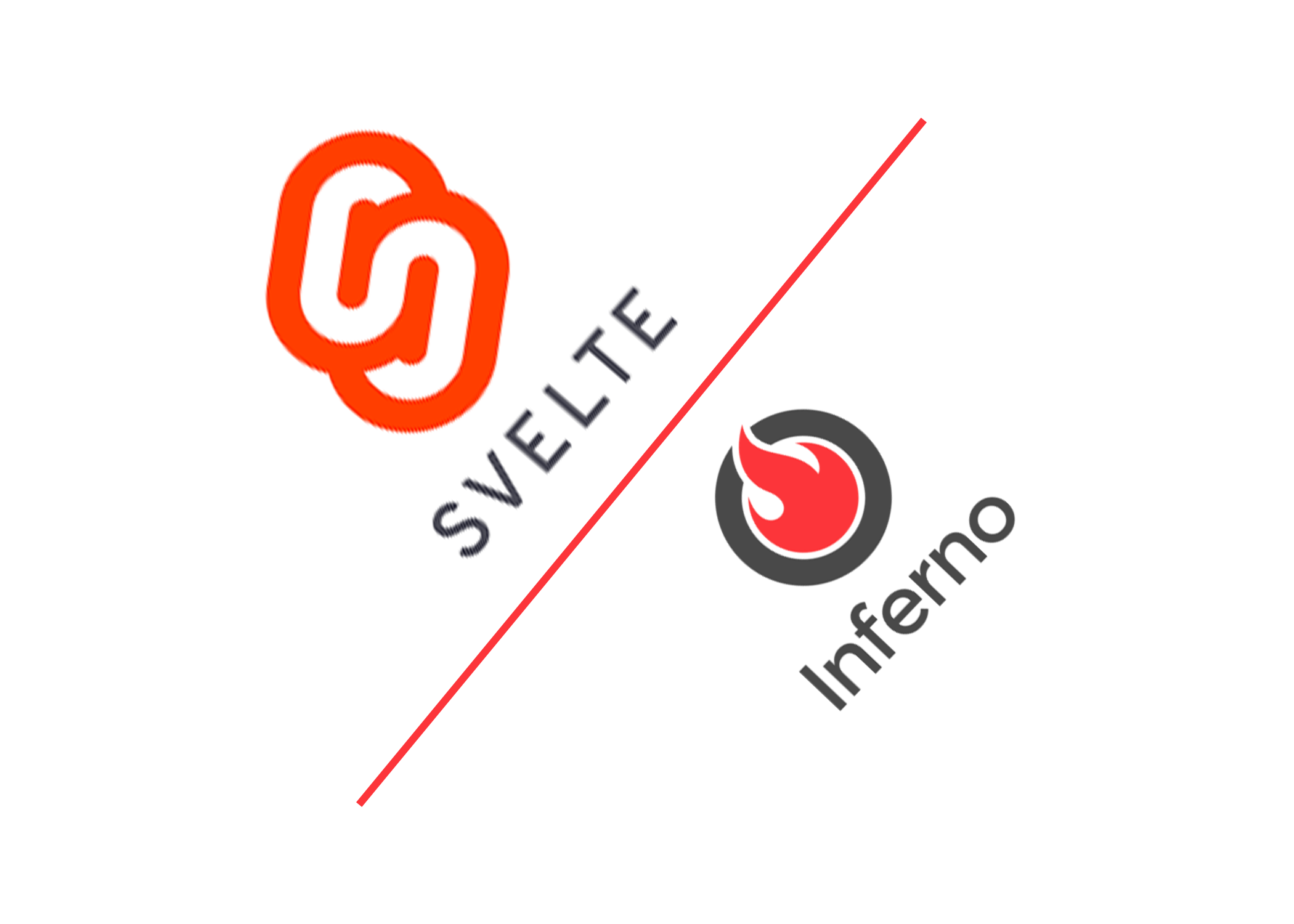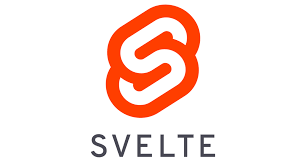Beyond React: A Look at Svelte and Inferno for Blazing-Fast User Interfaces
 Matthew Oluwabusayo Opoola
Matthew Oluwabusayo Opoola
As a fired-up ReactJS engineer, I'm constantly curious about the ever-evolving world of frontend development. While React is undeniably a powerhouse, there are some niche frameworks bubbling under the surface that deserve a closer look. Today, we'll be comparing Svelte and Inferno, two frameworks focused on delivering unmatched performance for web applications.

Svelte: The Compiler with Superpowers
Svelte takes a revolutionary approach. Unlike React, which relies on a virtual DOM for updates, Svelte cleverly compiles your code into highly optimized vanilla JavaScript during the build process. This eliminates the need for a virtual DOM altogether, resulting in lightning-fast performance and a minimal application footprint.
Svelte also boasts a clean and concise syntax, making the learning curve a breeze for developers of all experience levels. Plus, its focus on reactive programming ensures your components stay in sync with minimal effort, keeping your UIs smooth and responsive.

Inferno: The Lightweight Champion
Inferno, on the other hand, takes a more traditional approach. It leverages a virtual DOM, but with a significant twist: it's incredibly lightweight. This translates to faster rendering times compared to React, especially for applications with complex UIs or frequent updates.
Inferno also prides itself on being framework-agnostic. Its virtual DOM can be easily integrated into existing projects built with other libraries, making it a versatile tool for performance optimization.
Picking Your Champion: Speed Demons on Different Tracks
So, which framework reigns supreme? Both Svelte and Inferno offer impressive speed advantages, but they cater to slightly different needs:
Choose Svelte for: Performance-critical single-page applications (SPAs) where a small footprint and blazing-fast performance are paramount.
Choose Inferno for: Existing projects that need a performance boost or situations where a lightweight virtual DOM is desired for smooth rendering.
My HNG Journey with ReactJS
HNG concentrates on ReactJS, however the information learned here goes much beyond the framework. Knowing the advantages and disadvantages of various strategies, such as Svelte and Inferno, empowers us to select the best tool for the job when it comes to choosing tools in the future.
I can't wait to study ReactJS during my internship at HNG (https://hng.tech/). Its extensive ecosystem and component-based architecture make it appear ideal for creating dynamic and engaging online experiences. Perhaps once I've mastered React, I'll explore these specialized frameworks and strive for even higher performance in upcoming projects!
Are you prepared to dive into the fascinating world of frontend development and join the HNG community? Visit the HNG Internship webpage at https://hng.tech/ to submit an application right now!
Subscribe to my newsletter
Read articles from Matthew Oluwabusayo Opoola directly inside your inbox. Subscribe to the newsletter, and don't miss out.
Written by
